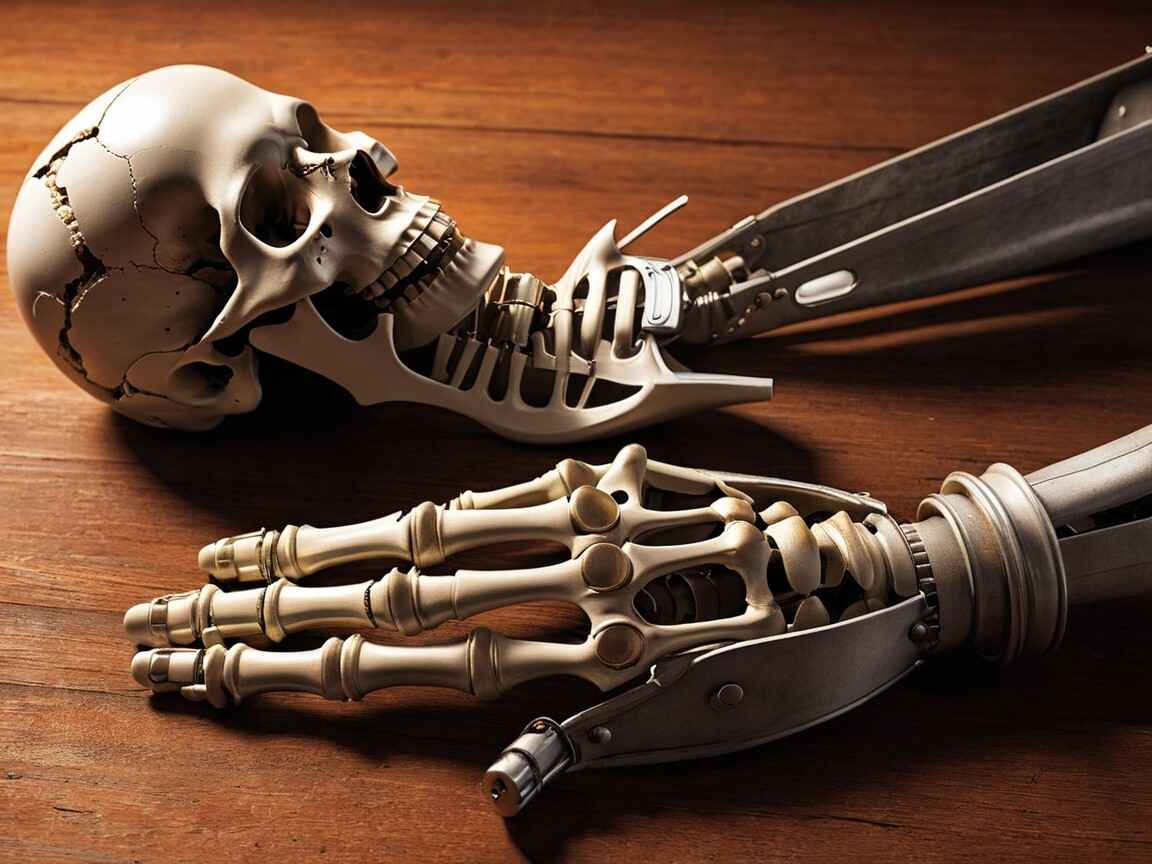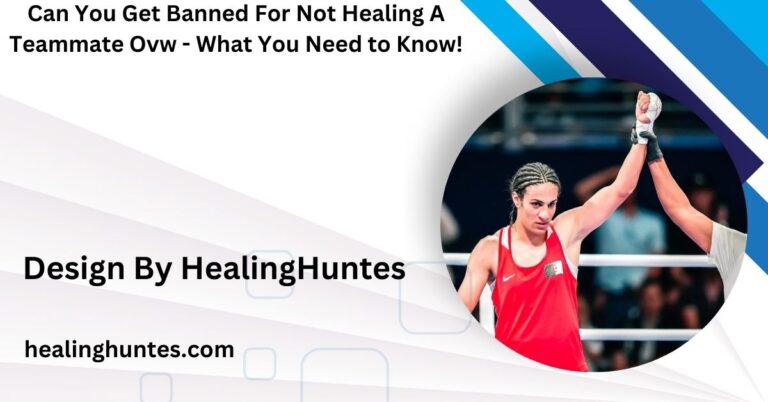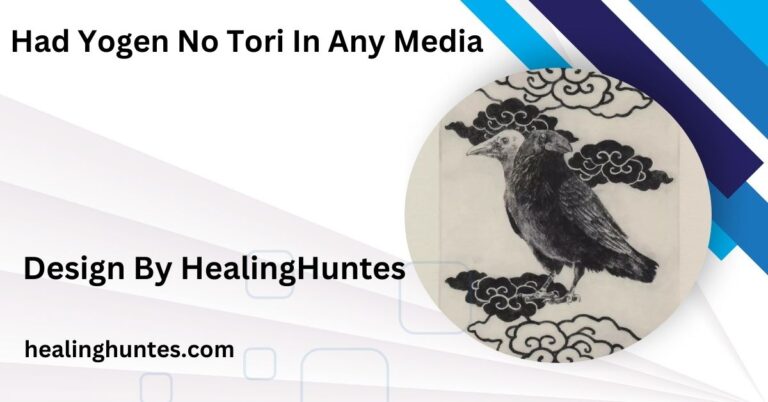Can Healing Fix Broken Bones Dnd?
Dungeons & Dragons (D&D) is a game full of magic and adventure. In the game, characters can get hurt during battles, and magic is used to heal those injuries. But what happens if a character breaks a bone? Can magic truly fix a broken bone, or is it just a quick fix for hit points? This article explains these ideas in simple terms.
How Healing Works in D&D?
In D&D, a character’s health is shown by hit points. When a character takes damage, their hit points go down. Healing spells, like Cure Wounds and Healing Word, are used to add hit points back. This system makes it easy for the game to show when a character is hurt or healthy.
Hit Points as a Simplified Measure:
Hit points are a simple way to show overall health. They do not show exactly what part of the body is hurt. For example, losing hit points does not tell you if a character got a scratch, a bruise, or a broken bone.
Basic Healing Spells:
Most healing spells are made to give back lost hit points. They work well when the injury is not very specific. For example, if you lose 10 hit points because of a fight, a basic healing spell will usually give those 10 hit points back.
What About Broken Bones?
In a real battle, breaking a bone is a serious injury. It might mean that the injured person has trouble moving, fighting, or doing everyday tasks. In D&D, most rules do not list broken bones separately—they are mixed in with other injuries as hit point loss.
Special Cases and Extra Rules:
Some Dungeon Masters (DMs) like to add extra details to the game. They might use special rules that say a broken bone can slow a character down or make it hard to use a weapon. In these games, simply healing hit points might not be enough to fix a broken bone.
Long-Term Effects:
If a character breaks a bone, they might have problems for a long time. This could mean a slower movement, less strength, or difficulty using that body part until the bone is fixed properly.
Using Magic to Heal Broken Bones
There are different kinds of healing magic in D&D. Some spells are very simple, while others are more powerful. Let’s look at how these work on broken bones.
Lenovo Yoga 7 Assassin’s Creed Valhalla – Play Assassin’s Creed Valhalla With Ease!
Basic Healing Magic:
- These spells add hit points back to a character, which makes them feel better.
- They do not care about how the injury happened.
- For example, if a character breaks a bone, these spells simply give back lost hit points.
- In games with extra rules for broken bones, a basic healing spell might not fully fix the broken bone. The character might feel better, but the bone can still be weak.
Powerful Healing Magic:
- When a character has a serious injury like a broken bone, they might need a stronger spell.
- The Regenerate spell is a high-level spell that only strong magic users can cast.
- It does more than restore hit points—it actually repairs the body deeply.
- Using Regenerate on a broken bone makes it strong and healthy again.
Why Use Powerful Magic?
- A broken bone is a serious injury, so it makes sense to use a more powerful spell to fix it.
- Not all injuries are the same, and some need extra magic to heal properly.
- The Regenerate spell shows that in D&D, different healing spells have different strengths and effects.
The Role of the Dungeon Master:
A lot of the decisions in D&D come from the DM, who is like the storyteller and referee of the game. The DM decides how the rules are used and can change things to make the game more interesting.
DM’s Choices on Injuries:
The DM can decide if broken bones are a big deal or just another way to lose hit points. Some DMs might treat all healing the same, while others might say that a broken bone needs extra care.
Optional Rules for More Detail:
If a DM wants to make the game more realistic, they can use extra rules for injuries. These rules might say:
- A broken bone means slower movement.
- The character might have trouble fighting until the bone is fixed.
- Special potions or rare spells might be needed to heal the bone completely.
Balancing Realism and Fun:
The DM must balance the rules. If healing is too hard, players might get frustrated. If healing is too easy, the game might not feel dangerous enough. The DM’s goal is to make the game both fun and challenging.
Telling a Story with Injuries:
Injuries in D&D are not just about numbers. They can also be important for storytelling.
Character Development:
A broken bone can be a turning point in a character’s life. It might make them rethink how they fight or how they live their life. Overcoming a tough injury can help a character grow stronger in spirit and mind.
Signs A Fissure Is Healing – Healing Fissure Symptoms!
Adding Drama to the Game:
If a character breaks a bone, it can lead to exciting side quests. The party might have to search for a legendary healer, a rare herb, or a magical item to fix the injury. This adds another layer to the game and makes the adventure more interesting.
Teamwork and Problem-Solving:
When one party member is injured, it gives the whole group a chance to work together. They might have to help the injured friend, protect them, or find a way to heal them. This teamwork can be a very memorable part of the game.
Practical Tips for Players:
If you are a player in a D&D game, here are some simple ideas to keep in mind about healing and broken bones:
Talk to Your DM:
Ask your DM how injuries like broken bones work in your game. Knowing what to expect can help you plan your actions better.
Plan Ahead:
If your game has rules for serious injuries, try to be prepared. Carry extra healing potions or spells if you think you might get hurt badly.
Use the Injury in Your Story:
An injury can be a chance to add depth to your character. Think about how a broken bone might change the way you fight or interact with others. It could even be a reason for your character to go on a personal quest.
Practical Tips for Dungeon Masters
If you are the DM, here are some simple tips to make injuries work well in your game:
Decide Early:
Think about how you want to handle injuries like broken bones before the game starts. This way, players know what to expect.
Keep It Fun:
While realism can add drama, make sure that the extra rules do not slow down the game too much or make it too hard. Adjust the rules so that the game stays fun.
Encourage Creativity:
Use injuries as a chance to make the story more interesting. Let players come up with creative ways to deal with an injury. Creativity can lead to great adventures, Whether by finding a magic item, visiting a wise healer, or using clever tricks.
Be Flexible:
Rules are there to serve the story. If a strict rule on injuries hurts the fun, be ready to change it. The goal is to create a memorable story for everyone at the table.
Summary and Final Thoughts:
In Dungeons & Dragons, healing is mostly about restoring hit points. Basic spells fix wounds by giving back hit points, and they usually do not focus on specific injuries like broken bones. However, in games where broken bones matter, a DM might choose to add extra rules. In these cases, basic healing might not be enough to fix a broken bone completely.






